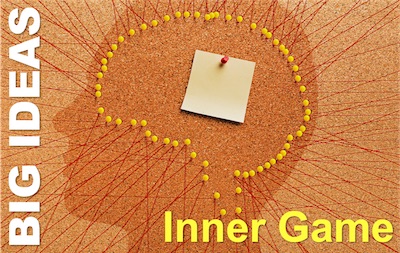
 Training is important. But how do you know if it has worked? That was the question that Donald Kirkpatrick tackled in his 1954 PhD dissertation. He looked at how industrial training can be evaluated and produced what is still the most widely-used training evaluation model in the world.
Training is important. But how do you know if it has worked? That was the question that Donald Kirkpatrick tackled in his 1954 PhD dissertation. He looked at how industrial training can be evaluated and produced what is still the most widely-used training evaluation model in the world.
And, although Kirkpatrick Partners, under the leadership of his son and daughter-in-law, has modified the model to create the ‘New World Kirkpatrick Model’, it remains remarkably unchanged. It is a sign of the precision with which Kirkpatrick defined four levels against which we can evaluate training.
And, if you say ‘what has training evaluation got to do with management?’ – consider this. As a manager, you’ll be constantly training your team members informally And you’ll often be securing them places on external training – or at least signing-off on it. How can you know whether that training is effective? Simple: by evaluating it against Kirkpatrick’s four levels.
Continue reading The Kirkpatrick Four-Level Training Evaluation Model









